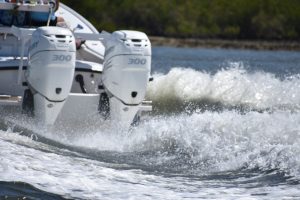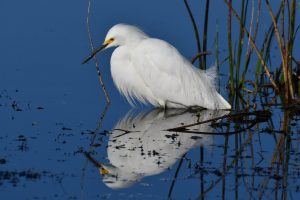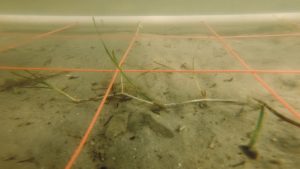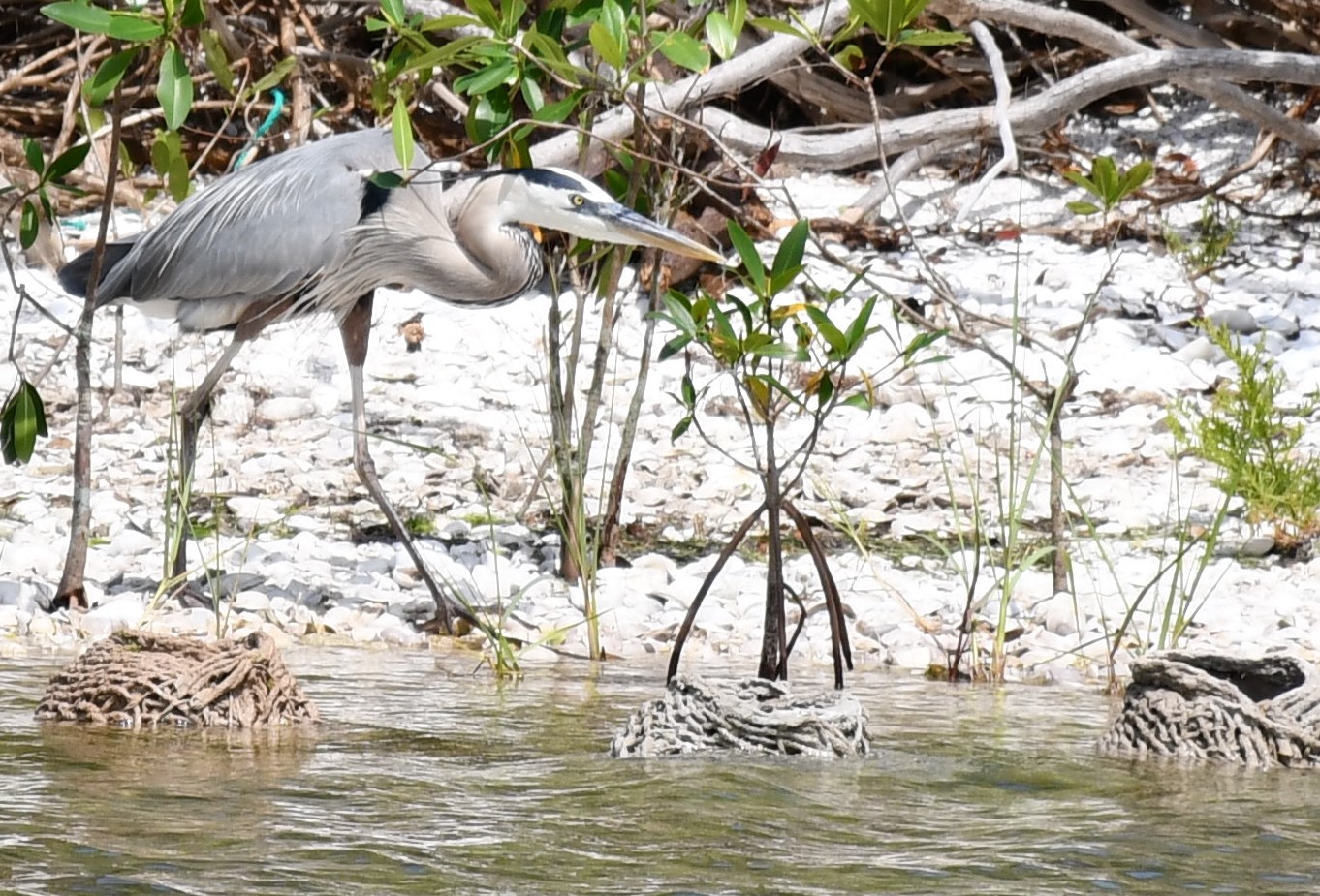Conservation: Basic Ecology and Applied Conservation Issues
Resilience of intertidal oysters (Crassostrea virginica) to biological and abiotic stressors:
- Recreational boat wakes and hurricanes
- Brown tide and other algal blooms
- Boring sponge infection
- Invasive mussels and barnacles
- Genetic diversity of oysters and marsh grasses used in restoration
- Microplastics
- Infaunal abundance and diversity
- Mangrove/oyster interactions on intertidal reefs with changing climate
- Direct human impacts – boat strikes, harvesting

Understanding the ecology and loss of estuarine shorelines:
- Improving greenhouse growing methods for mangroves and marsh grasses
- Recruitment and success of juvenile mangroves at a range of wave energies
- Microplastics in coastal waters and sediments, especially around stormwater outfalls
- Use of shorelines by infauna and threatened/endangered wading birds
- Modeling suitability of shorelines for stabilization

Threatened and endangered wading birds:
- Understanding how restoration helps improve estuarine habitats for birds
- Seasonal and spatial abundances and diversity of birds in Mosquito Lagoon, Florida
- Bird use of human-produced structures (e.g. poles and pilings) vs natural perches
- Human impacts on bird behaviors, including nesting

Seagrass ecology and restoration:
- Our research focus: habitat restoration and conservation of Shoal grass, Halodule wrightiii, in Mosquito Lagoon, Florida
- Distribution and abundance using a combination of ground truthing, remote sensing, and GIS tools

Development and testing of non-plastic, biodegradable materials for coastal restoration
- BESE-shell mats (recycled, drilled shell attached to stacked BESE elements with stainless cable ties)
- Oyster reef rings and oyster “volcanoes” (cement and jute mixture)

We combine extensive field research with laboratory and GIS data collection to address these and additional questions in the Indian River Lagoon. We collaborate with biologists, ecologists, biogeochemists, modelers, engineers, drone experts, resource managers, outreach specialists, and many others to improve our understanding of these processes. These data provide insights to improve restoration.
